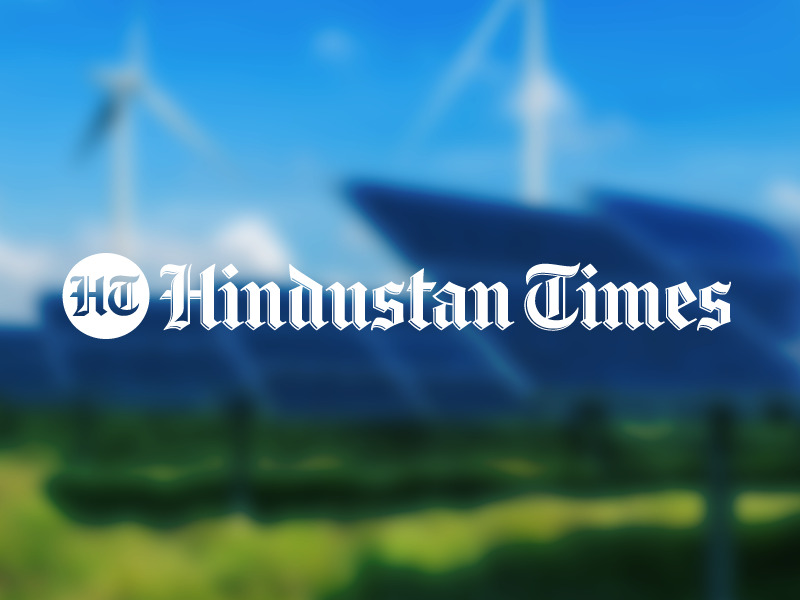Ashok Gadgil Recognized As 2023 R&D Leader of the Year

Ashok Gadgil was named as the R&D Leader of the Year in the annual R&D 100 Awards program sponsored by R&D World Magzine!
Review of Grid-Scale Energy Storage Technologies Globally and in India
Related Files Report PDF Date Published 08/2023 Authors Priyanka Mohanty, Emilia Chojkiewicz, Epica Mandal Sarkar, Rohit Laumas, Akash Saraf, Avanthika Satheesh, Nikit Abhyankar Abstract India has set an ambitious target to reach 500 GW of installed non-fossil energy capacity by 2030. However, increasing penetrations of renewables – mostly wind and solar – will require the […]
OPINION: A strategy to win energy independence by 2047

A recent study outlines a pathway for India to achieve energy independence, grounded in rapidly falling clean technology costs
OPINION: Coal to solar generation swaps ensure a clean and reliable grid

India can construct solar and wind capacity + energy storage alongside existing coal plants, enabling the substitution of coal generation with power from nearby renewable energy sources.
India can become energy independent by 2047: U.S. study

Benefits include $2.5 tn in consumer savings, reducing fossil fuel import expenditure by 90%, enhancing industrial competitiveness globally, and enabling net-zero commitment, says Berkeley Lab report.
India’s energy independence by 2047 a certainty!

As the world’s most populous country and the third-largest energy consumer, India faces enormous challenges in meeting its energy needs sustainably. However, the country is making remarkable strides toward energy independence through the adoption of clean technology.
India has potential to become global leader in EV production: Research

The research titled “Freight Trucks in India are Primed for Electrification” carried out by the Berkeley National Laboratory and UCLA last month said that India can create a thriving domestic electric vehicle industry over the next decade or so.
Freight Trucks in India are Primed for Electrification
OPINION: India’s energy choices now will decide economic and environmental future

India’s 2030 goal of building 500 GW of clean power capacity will be the most economical pathway to meet the rising electricity demand and doing so will not compromise the reliability of the electric grid.
OPINION: How India can drive down oil imports

Mandating the transport sector to shift to EVs will be a major step. The declining clean tech and battery costs should help in the transition.